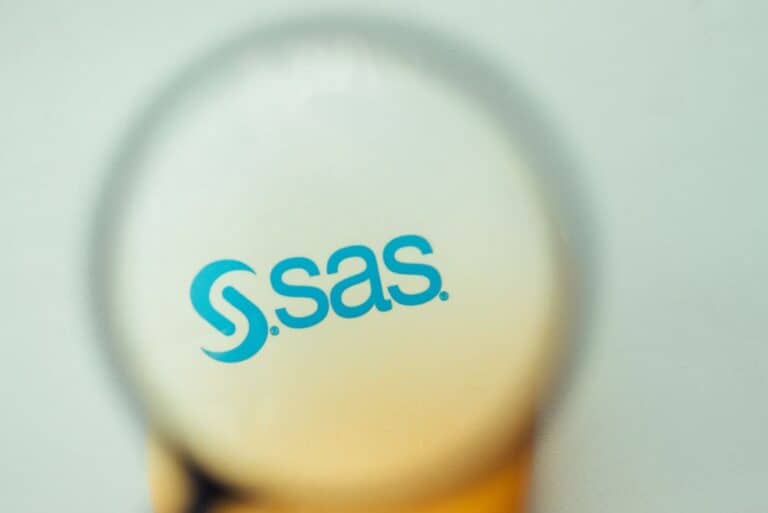SAS announced support for the Python programming language in its analytics products. In addition to SAS’s own programming language, SAS Studio and Analytics Pro will support Python. Customers can now use both programming languages.
More and more data analysts are being trained with Python and R as programming languages for data analytics. With the increased demand for data analytics and data analysts, there’s simply no more room in the market to stick to a proprietary programming language. SAS realizes this as well. Resultingly Python support was added.
Tip: SAS shapes the future of analytics in the cloud
SAS developed its own language in 1976. It’s been around for a while and many SAS customers use it for analytics and machine learning. However, if the company wants to continue to grow, it must keep up with the trends in the analytics industry, and Python is simply the leading programming language in this respect.
The CTO of SAS, Bryan Harris, states that he wanted to offer users an open alternative to SAS’ programming language. Python was the most obvious choice. He believes it will benefit the productivity of SAS customers.
Customers can now develop complete Python models in SAS Studio with support for so-called syntax highlighting, making the code easy to read. It’s also possible to integrate the models into other SAS products. For example, the web-based data mining tool, Model Studio, Intelligent Decisioning (customer interaction tool) and Model Manager (ML model lifecycle) can all work with Python models developed in SAS Studio.
SAS Viya now available on-premises
SAS also announced that an on-premises version of Viya, its cloud-native AI, analytics and data management platform. The company expects to deliver the version in Q3 of this year. From then on, customers will be able to deploy Viya in a Kubernetes on-premises environment. Viya has been available for a year and is offered from AWS, Microsoft Azure and Google Cloud. Soon, on-premises Red Hat OpenShift is added to the list.
Tip: SAS and Cosmo Tech simulate supply chains with digital twins
